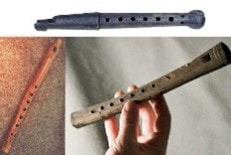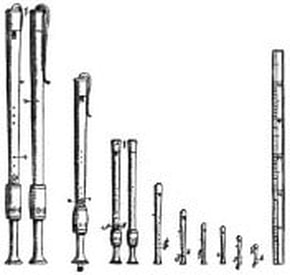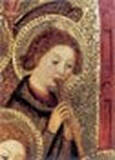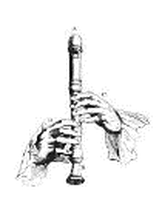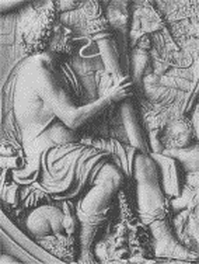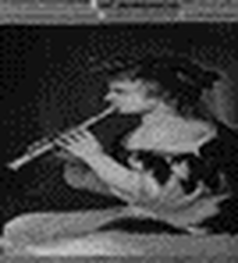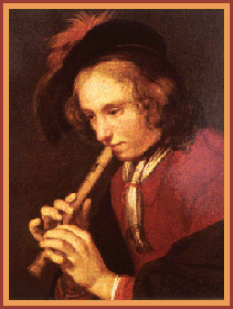14th - 16th Century

During the Renaissance, musical instruments were primarily used in dance music and as accompaniment for voices. They were played by kings, queens, country gentlemen, and the commoner. No king, it was said to be without their set of Recorders. King Henry VIII of England was said to own a considerable collection of recorders and he composed music for the instrument.
17th Century
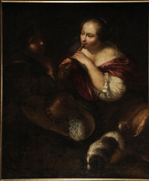
The Baroque Recorder was constructed in three parts called joints: the head, middle and foot. The middle section had seven finger holes, while the foot had only one. The innovations allowed Baroque Recorders to possess a tone regarded as "sweeter" than the earlier Renaissance instruments. This was achieved at the expense of a reduction in volume, particularly in the lowest notes, and a slightly reduced range.
18th Century
20th Century
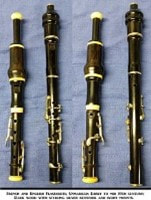
The Recorder regained prominence during the turn of the 20th century through various musical styles ranging from the avant-garde and theatrical to minimalist and microtonal. This happened mainly in the UK and Germany. Instrument makers started to make Recorders again, and the technique for playing was rediscovered. It started being used to play medieval, renaissance and baroque music again. In Germany, the adoption of the Recorder by the Youth Movement as an instrument for playing folk tunes led to millions of Recorders made in the 1930s. Since then, there has been a steady increase in the number of quality Recorders available and people able to play them.
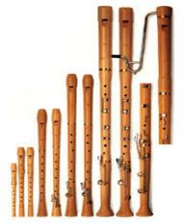
During the mid 1900s, the Recorder began to regain some popularity among classical composers, Jazz, pop and rock musicians. Artists including The Beatles, Jimmy Hendrix, the Rolling Stones and Led Zeppelin all featured the sounds of the Recorder in live performances and on albums. New techniques were developed to allow additional sonic possibilities from the Recorder, making the instrument more popular among experimental composers.


